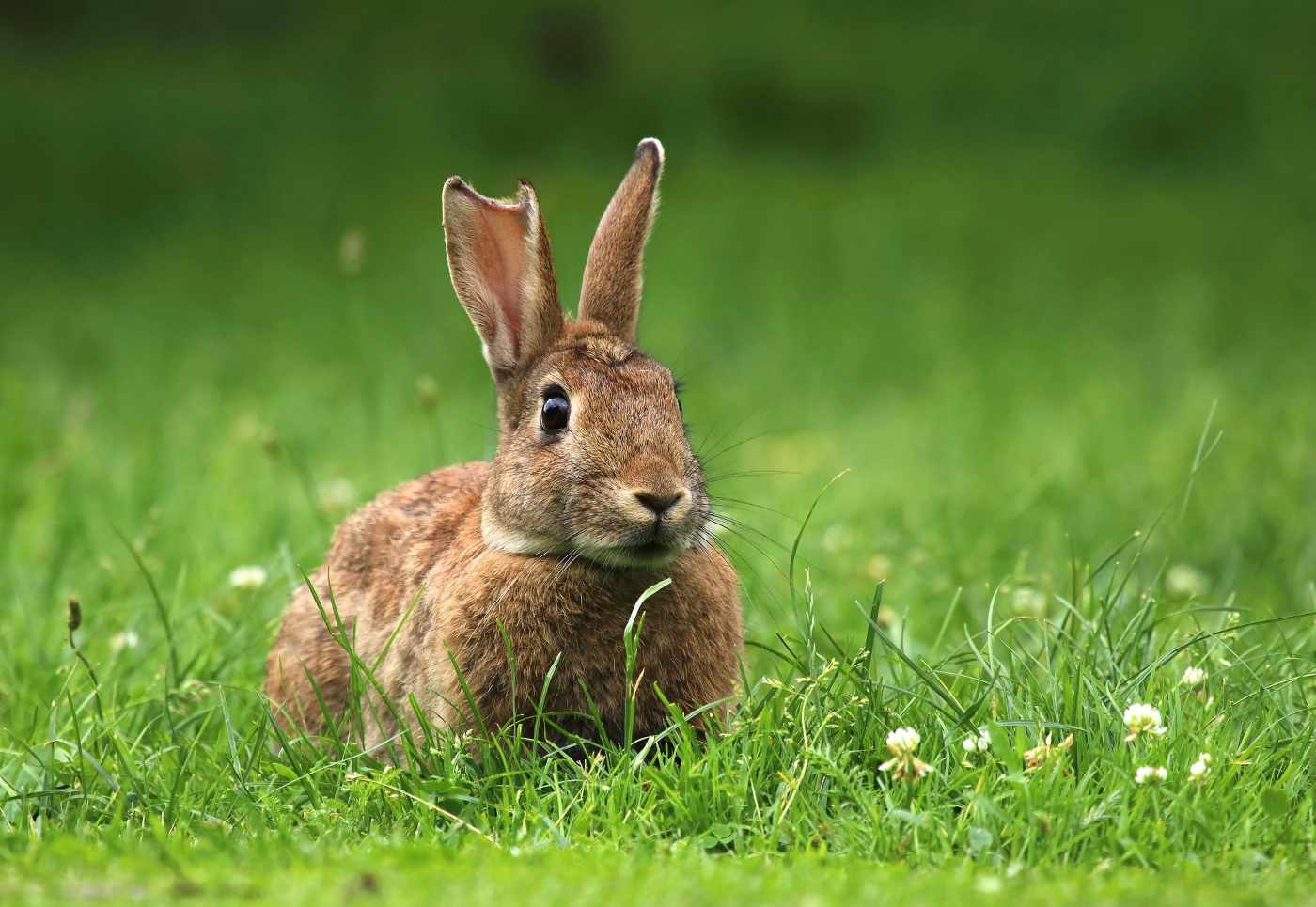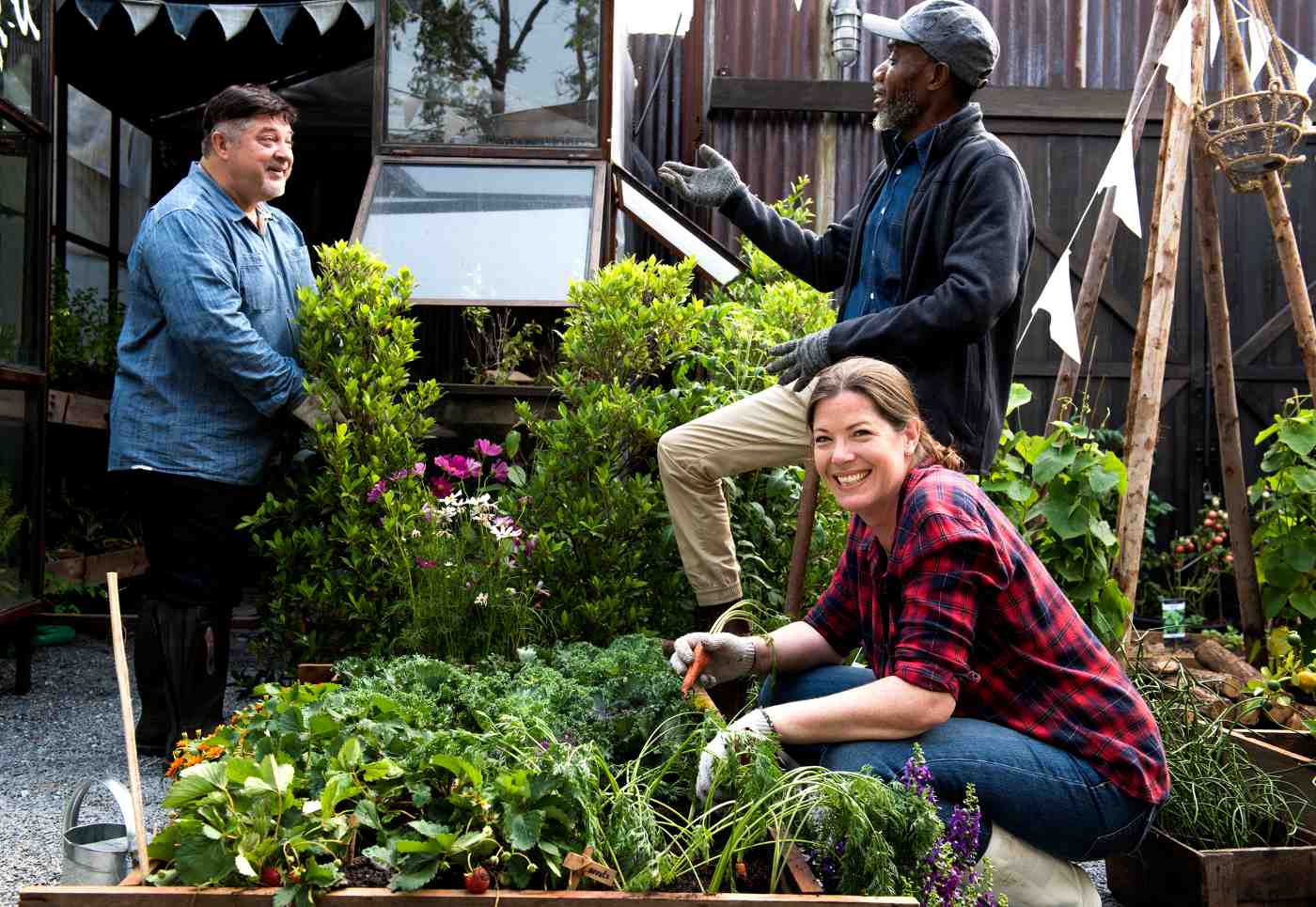One of the most effective ways to create a biodiverse lawn is by choosing the right plants.
Native plants are always a good choice, as they have adapted to the local climate and soil conditions, and they provide food and shelter for local wildlife.
Additionally, you should consider planting a variety of flowering plants to attract pollinators such as bees, butterflies and hummingbirds. By doing so, you’ll not only be helping local wildlife, but you’ll also be ensuring that your garden looks beautiful throughout the year.
Another way to attract wildlife to your garden is by providing a source of water. This could be as simple as putting out a bird bath, or you could create a small pond or water feature.
This will not only provide a habitat for aquatic wildlife such as frogs and newts, but it will also attract a range of birds to your garden.
In addition to providing food and water, you should also consider creating habitats for wildlife. This could include leaving a section of your lawn unmown to create a wildflower meadow, building a bug hotel or creating a hedgehog house.
These habitats will provide a home for a range of wildlife, from insects and spiders to small mammals such as hedgehogs.
Finally, it’s important to avoid using pesticides and other chemicals in your garden. These can be harmful to wildlife and can also disrupt the natural balance of your garden.
Instead, opt for natural pest control methods such as companion planting or using natural predators such as ladybugs to control pests.
By following these tips and the others we’ll offer in this article, you’ll be well on your way to creating a haven for local wildlife in your garden. Not only will you be doing your bit for the environment, but you’ll also be able to enjoy the beauty of nature right on your doorstep.
Pick Plants That Pollinators Love
Pollinating insect species are vital for the well-being of the natural world, and our society. In fact, as the UK government explains, pollinators contribute the equivalent of over £500 million a year to British food production.
Without their help, agriculture in our country would suffer, and yet, numbers of pollinators are diminishing rapidly.
To help offset this worrying decrease in numbers, the UK government has launched the Pollinator Action Plan, and you can play your part by growing pollinator-friendly plant and tree species in your backyard.
Particular favorites include primroses, foxgloves, comfrey, honeysuckle, heather, buddleia, viper’s bugloss, ivy and crab apples.
Leave Some Grass Unmown
In addition to providing a sanctuary for essential creepy-crawlies, an uncut lawn can also be a great place for wildflowers to grow. Wildflowers are an important source of nectar for pollinators such as bees and butterflies, and they can also provide food for caterpillars and other insects.
By keeping a corner of your garden uncut, you can create a mini wildflower meadow that will not only look beautiful but will also provide a valuable habitat for a range of wildlife.
And if you’re worried about it looking too wild and unkempt, you can always mow a path through the middle to create a natural-looking feature.
So next time you reach for the lawnmower, why not consider leaving a patch of your lawn uncut? It’s a simple and effective way to boost biodiversity in your garden and provide a vital lifeline for local wildlife.
Hire Local Landscape Gardeners To Help You Create Your Biodiverse Lawn
If you want to go a step further and create a dedicated wildlife garden complete with different miniature ecosystems, don’t hesitate to seek the help of experienced and knowledgeable landscape gardeners.
Post a description of the kind of biodiverse backyard you want to create on your local social media marketplace and before you know it, local landscape gardeners near you will be in touch with quotes, suggestions and advice.
Compost Is Key
Another top tip for creating a healthier and more biodiverse garden is to embrace the art of composting.
Not only will you be able to manufacture a rich and nourishing soil to use in your garden, but you will also be minimizing waste and creating a nurturing sanctuary for all kinds of species, from worms and beetles to shy reptiles such as grass snakes and slow worms.
Of course, it’s important to do your research so you know exactly what can be added to your compost bin and what can’t. Peelings, grass cuttings and eggshells are ideal, for instance, but citrus skins, cat litter and sick plants are not.
Create a Watery Oasis
Water is an essential part of any wildlife haven. To help support your animal neighbors, you can create a wildlife pond in your back garden. Not only will your pond provide a vital source of drinking water for wildlife, particularly during the dry summer months, but it will also serve as a home for water-dwelling insects and amphibians.
You may also want to install a bird bath, so feathered friends can come and bathe or cool themselves down on a hot day.
Conclusion
It’s clear that we all have a responsibility to protect and support our local wildlife. By taking steps to increase biodiversity in our gardens, we can help to provide a safe haven for a range of species, from the smallest insects to the largest mammals.
But it’s not just about the wildlife—creating a biodiverse lawn can also be hugely rewarding for us as gardeners. By working with nature rather than against it, we can create a beautiful and vibrant outdoor space that we can enjoy throughout the year.
Of course, it can be overwhelming to know where to start when it comes to increasing biodiversity in your garden. But by taking small steps, such as planting native species, providing a source of water, and creating habitats for wildlife, you can make a real difference.
Remember, even the smallest changes can have a big impact. So whether you have a small balcony or a sprawling garden, there are plenty of ways to get involved and do your bit for the natural world.
In the end, it’s up to all of us to protect and nurture our wild neighbors. By working together, we can help to create a brighter, more biodiverse future for our planet.
Images: Depositphotos

